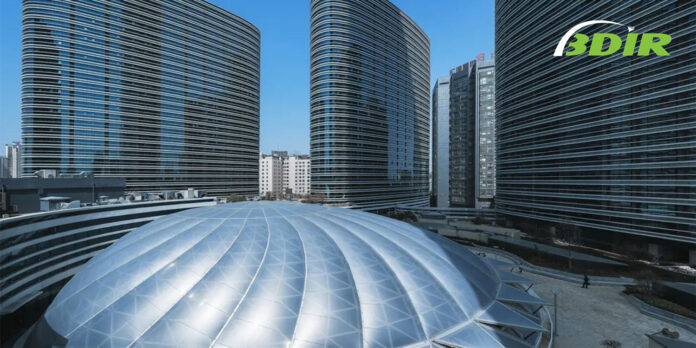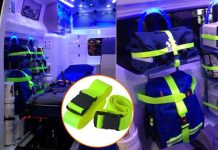ETFE foil structures are used for a large variety of purposes, from sports facilities to shopping malls and more. They can be used for roofing and interior design, including in gardens and other green spaces. They’re also used in construction projects around the world, designed by leading architects.
There are many reasons why etfe membrane is becoming increasingly popular in the construction industry. Its lightweight qualities mean it can be used in areas where the weight of steel or other materials is a concern, such as on bridges. It’s also very durable; it won’t rust or rot, so it can last for decades longer than some other materials. It also has excellent insulation properties, making it ideal for buildings as well as outdoor areas.
ETFE foil is also highly malleable and flexible. This means it’s easy to work with for architects and designers who want to create unique structures and shapes. It’s also easy to transport due to its light weight, which makes it ideal for international projects.
How ETFE Foil Structures are Installed
The ETFE foil structure is a very popular material in the construction industry. It is lightweight, pliable and strong. It also has a life span of up to 50 years with little maintenance required.
However, the installation of these structures is a little trickier than your typical glass or steel building. The installation process requires more care and planning because the ETFE foil structure is thinner and lighter, making it susceptible to damage during construction.
Here are some of the keypoints that matter during the installation.
In order to prevent damage during installation, a “clean zone” around the perimeter of the ETFE foil structure must be created. This clean zone will keep dust, pollen and other airborne particles from touching the surface of the structure until it is fully installed.
The enclosure is also susceptible to damage from ultraviolet (UV) rays that can cause discolouration and degrade its strength over time. Because of this, ETFE foil structures are often installed under temporary covers until they are fully constructed.
One of the most important points to note about ETFE foil is that it requires inflation to work. This is why ETFE foil has often been used in combination with other materials on large structures — the inflated ETFE foils act as roofs while the rest of the structure is formed using more traditional materials like glass or concrete.
Evaluation, Design and Manufacturing
A design is first created, using specific engineering software. The design is in turn generated into a 3D model which can be used to generate a set of engineering drawings.
When creating the design, many factors are taken into account such as the shape and dimensions of the structure, wind load, snow load, and other loads that will impact it. Once the design has been finalised, it will be sent to a manufacturer who will produce the frame.
This frame consists of extruded aluminium profiles. All the aluminium profiles are made-to-measure and customised according to the design.
The next step is choosing an ETFE foil supplier. There are two types of ETFE foils available: single layer or multi-layer. Single layer ETFE is thinner than multi-layer ETFE but requires more cleaning and maintenance in order to keep it clean and clear at all times. Multi-layer ETFE on the other hand is thicker but requires less maintenance since dirt doesn’t stick to its surface as much as it does with single layer ETFE foils.
ETFE foils can come in different colours too! They can be transparent, translucent or opaque depending on your preferences and needs! Learn more about the etfe foils structures on bdir etfe structures.










